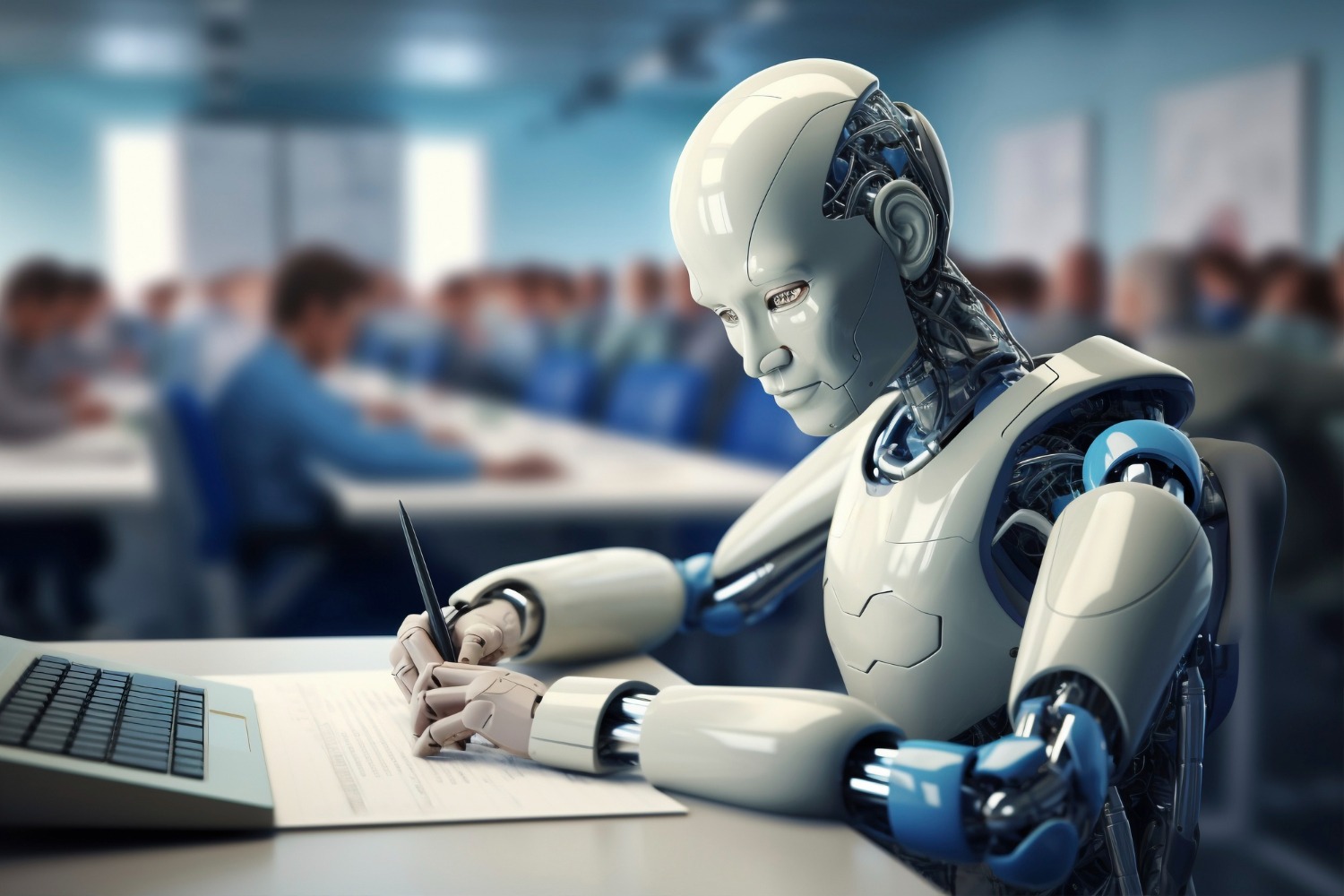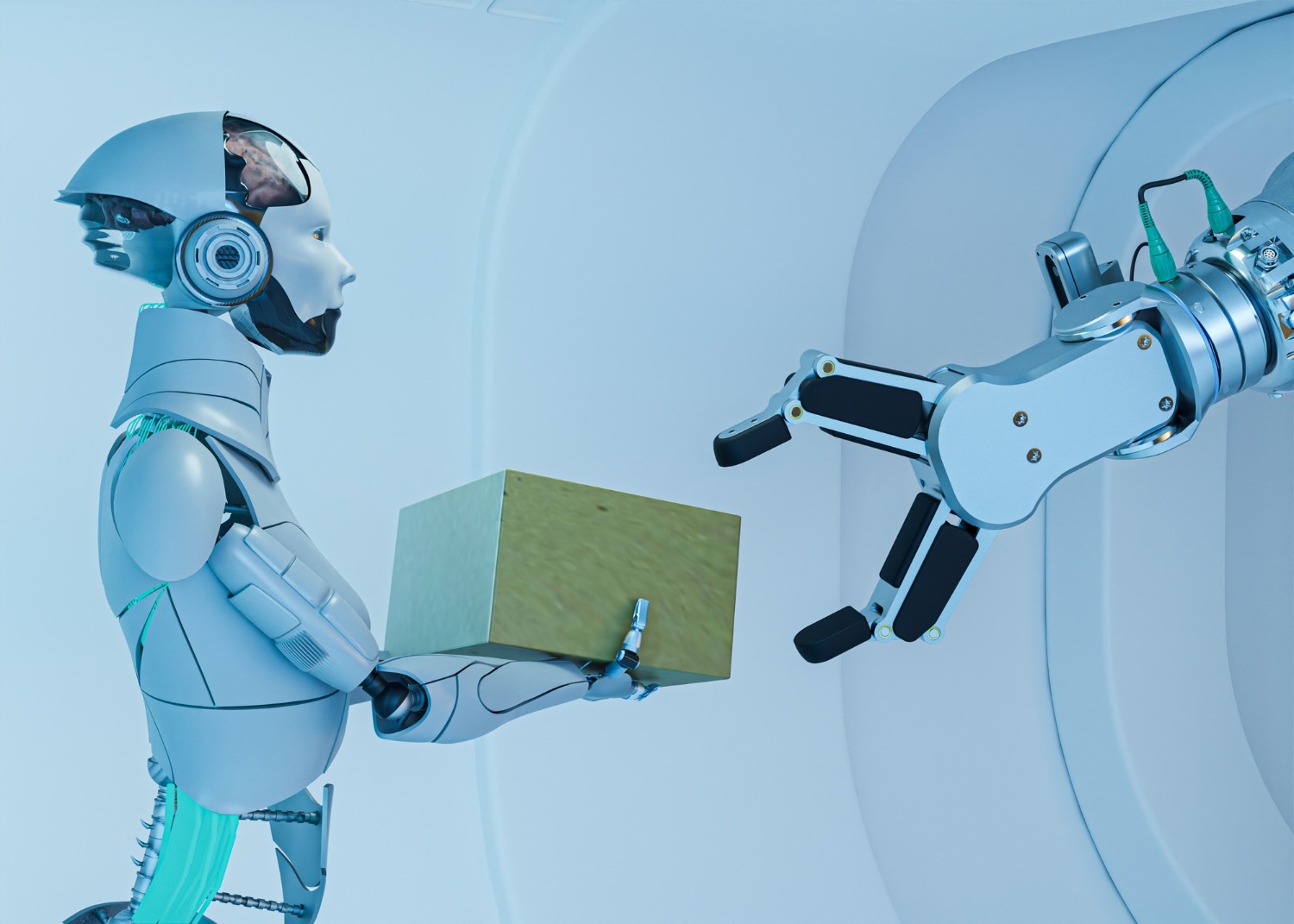The Building Blocks of AI: Essential Machine Learning Algorithms
Machine learning (ML) forms the foundation of artificial intelligence (AI), enabling systems to learn from data and improve their performance over time without explicit programming. At the heart of machine learning are algorithms the mathematical models and processes that drive predictions, classifications, and decision-making. Understanding these essential algorithms is key to unlocking the potential of AI in various industries, from healthcare and finance to retail and manufacturing. This article explores some of the most fundamental machine learning algorithms and their applications.
1. Linear Regression
Linear regression is one of the simplest and most widely used machine learning algorithms, particularly in predictive modeling. It establishes a linear relationship between a dependent variable (output) and one or more independent variables (inputs). The algorithm attempts to fit a straight line through the data points that best predicts the output variable.
2. Logistic Regression
Despite its name, logistic regression is used for classification tasks rather than regression. It predicts the probability of an outcome belonging to a specific category, making it ideal for binary classification problems. Logistic regression applies a sigmoid function to map predicted values to probabilities between 0 and 1.
3. Decision Trees
A decision tree is a flowchart-like structure where each internal node represents a decision based on a feature, each branch represents an outcome, and each leaf node represents a final classification or decision. Decision trees are intuitive and easy to interpret, making them a popular choice for both classification and regression tasks.
4. Random Forest
Random forest is an ensemble learning method that builds multiple decision trees and combines their outputs to improve accuracy and reduce overfitting. Each tree is built on a random subset of the data and features, and the final prediction is determined by majority voting (for classification) or averaging (for regression).
5. Support Vector Machines (SVM)
Support vector machines are powerful algorithms for both classification and regression tasks. They work by finding a hyperplane that best separates data points into different classes. SVMs are particularly effective in high-dimensional spaces and when the number of dimensions exceeds the number of data points.
6. K-Nearest Neighbors (KNN)
The K-nearest neighbors algorithm is a simple yet effective method for classification and regression. It classifies data points based on their proximity to other points in the dataset. The algorithm assigns a label to a new data point by looking at the majority label of its k-nearest neighbors.
7. K-Means Clustering
K-means clustering is an unsupervised learning algorithm that groups data points into k clusters based on their similarity. The algorithm iteratively assigns data points to clusters and recalculates the centroids until the clusters stabilize.
8. Principal Component Analysis (PCA)
Principal component analysis is a dimensionality reduction technique used to reduce the number of features in a dataset while preserving as much variance as possible. PCA transforms the original variables into a new set of uncorrelated variables called principal components.

9. Neural Networks
Neural networks are inspired by the structure and functioning of the human brain. They consist of layers of interconnected nodes (neurons) that process data and learn complex patterns. Neural networks are the backbone of deep learning, which has revolutionized AI in recent years.
10. Gradient Boosting Machines (GBM)
Gradient boosting is another ensemble method that builds models sequentially, with each model correcting the errors of its predecessor. Popular implementations include XGBoost, LightGBM, and CatBoost, which are highly effective in predictive modeling tasks.
Conclusion
Machine learning algorithms are the building blocks of AI, each offering unique strengths and applications. From simple models like linear regression to complex architectures like neural networks, these algorithms enable systems to analyze data, make predictions, and automate decisions. As the field continues to evolve, mastering these essential algorithms will be crucial for driving innovation and solving real-world problems across industries.




